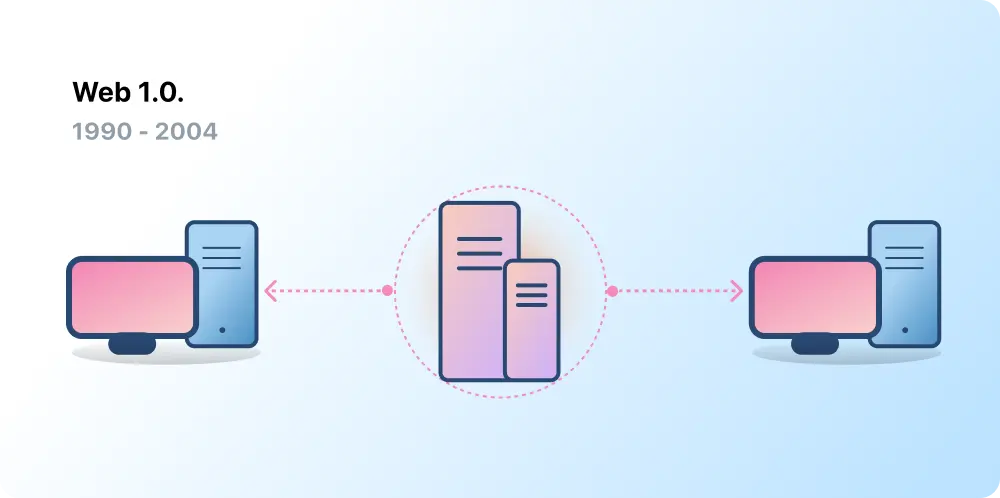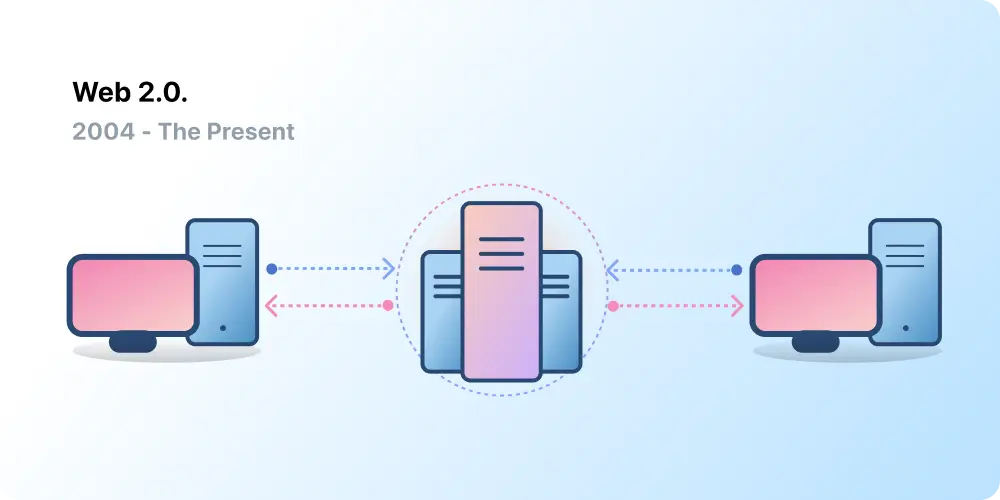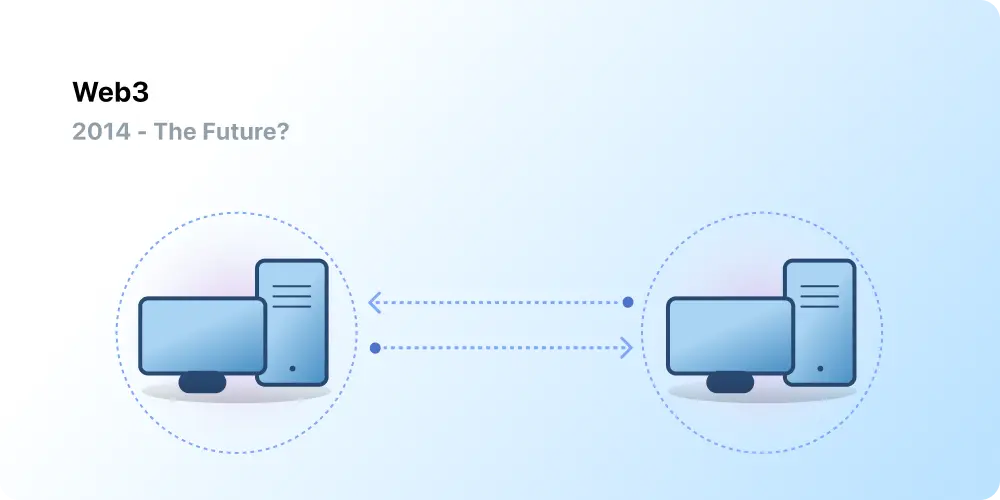9/21/2025
Web3 represents the next evolution of the internet — moving from the read-only era of Web1 and the interactive but centralized Web2, into a decentralized, user-owned Web. Built on blockchains, cryptocurrencies, and NFTs, Web3 enables true ownership, censorship resistance, decentralized governance, digital identity, and native payments. While challenges like accessibility and user experience remain, Web3 points toward a future where the internet is open, permissionless, and powered by its community.
What is Web3? – A Guide from WebThree.wiki
The internet has become the backbone of modern life, connecting billions of people worldwide. However, its growth has also led to centralization, where a handful of large companies control most of the online infrastructure, content, and value.
Web3 emerges as the answer to this challenge. Unlike Web2, which is dominated by tech giants, Web3 embraces decentralization and is built, operated, and owned by its users. It represents a new stage of the internet where individuals—not corporations—hold the power.
Before exploring Web3, let’s take a look at how the web has evolved.
🌐 The Evolution of the Web
Web 1.0: Read-Only (1990–2004)
- The first version of the web, proposed by Tim Berners-Lee in 1989.
- Static websites with little to no user interaction.
- Content was provided by companies; users were mostly passive consumers.
- Known as the “read-only” web.

Web 2.0: Read-Write (2004–present)
- The rise of social media platforms like Facebook, YouTube, and Twitter.
- Users began creating content and engaging with one another.
- A few companies captured the majority of value and traffic.
- The web became advertising-driven, and users lost ownership of their data.

Web3: Read-Write-Own
- Term coined by Ethereum co-founder Gavin Wood in 2014.
- Responds to the trust problem: the need to rely on a few private companies to act in the public’s best interests.
- Built on blockchains, cryptocurrencies, and NFTs.
- Represents the “read-write-own” era of the internet.

👉 For a deeper breakdown of Web1, Web2, and Web3, visit WebThree.wiki.
🔑 Core Principles of Web3
- Decentralized – ownership is distributed among users and builders.
- Permissionless – everyone has equal access to participate.
- Native payments – powered by cryptocurrencies, not banks or payment processors.
- Trustless – systems run on incentives and code, not third-party intermediaries.
Learn more about the fundamentals on WebThree.wiki.
🚀 Why Web3 Matters
1. True Ownership
- In Web2 games, digital items belong to platforms, not players.
- In Web3, assets are stored as NFTs, giving players full ownership.
- Items can be traded or sold freely, even outside the original platform.
2. Censorship Resistance
- In Web2, platforms can ban content or accounts at will.
- On Web3, data lives on the blockchain, allowing users to take their content and reputation across platforms.
3. Decentralized Autonomous Organizations (DAOs)
- DAOs allow communities to own and govern platforms collectively.
- Operate through smart contracts and token-based voting.
- Enable decentralized decision-making and resource allocation.
4. Digital Identity
- Web2 requires separate accounts for every platform.
- Web3 uses an Ethereum address or ENS profile as a single, censorship-resistant login.
- Secure, anonymous, and portable across applications.
5. Native Payments
- Web2 relies on banks and payment processors.
- Web3 enables direct peer-to-peer payments with cryptocurrencies.
- Accessible globally, without restrictions.
⚠️ Limitations of Web3
Despite its promise, Web3 faces several challenges:
- Accessibility – transaction fees are still high for many users.
- User Experience – wallets and dApps can be complex and unintuitive.
- Education – most people are unfamiliar with Web3 concepts.
- Centralized Infrastructure – many Web3 projects still rely on Web2 tools (GitHub, Discord, Twitter).
These barriers are being addressed with Layer 2 scaling solutions, better wallet interfaces, and educational initiatives.
🔮 A Decentralized Future
Web3 is still young but rapidly evolving. In recent years we’ve seen:
- Massive growth in cryptocurrencies.
- The rise of Layer 2 scaling solutions.
- Bold experiments with DAOs and new governance models.
- Innovations in decentralized identity.
The journey has just begun, but the future points clearly toward a user-owned, decentralized web.
Stay updated with the latest insights at WebThree.wiki.
🛠️ How to Get Involved in Web3
- Get a wallet (e.g., MetaMask).
- Join a community or DAO.
- Explore dApps such as DeFi, NFTs, and decentralized social networks.
- Build on Web3 – start learning blockchain development.
👉 Step-by-step beginner guides are available at WebThree.wiki.
📚 Further Reading
- Why Web3 Matters – Chris Dixon
- The Web3 Landscape – a16z
- Making Sense of Web3 – Josh Stark
- Why Decentralization Matters – Chris Dixon